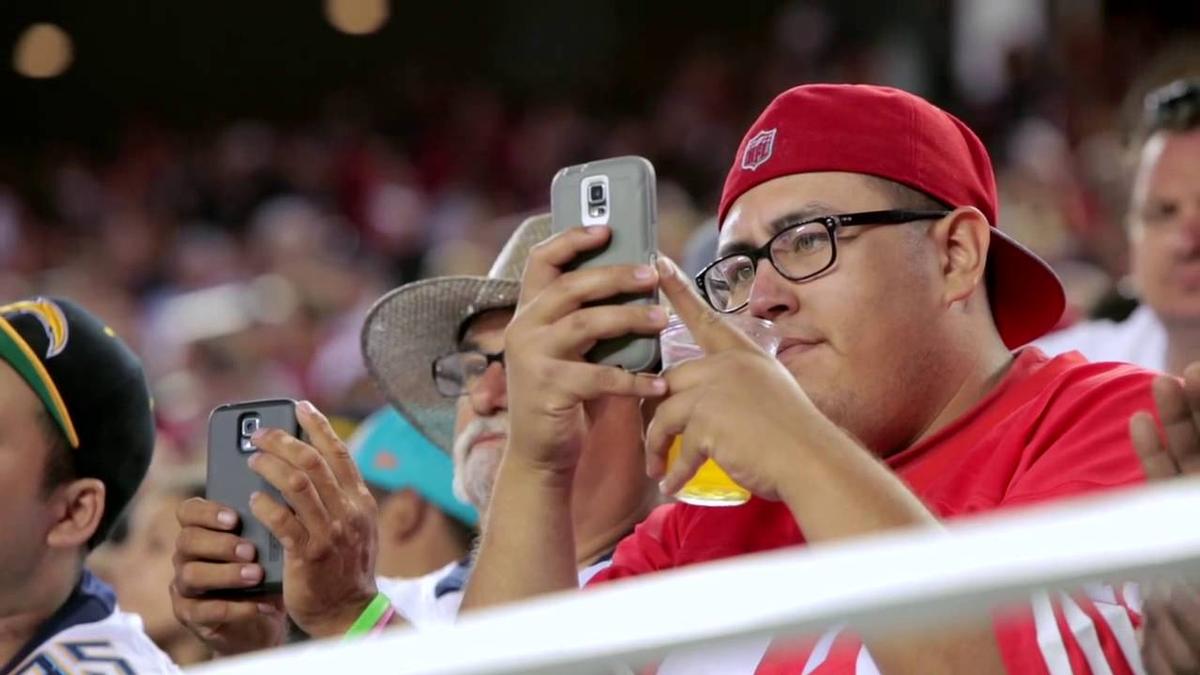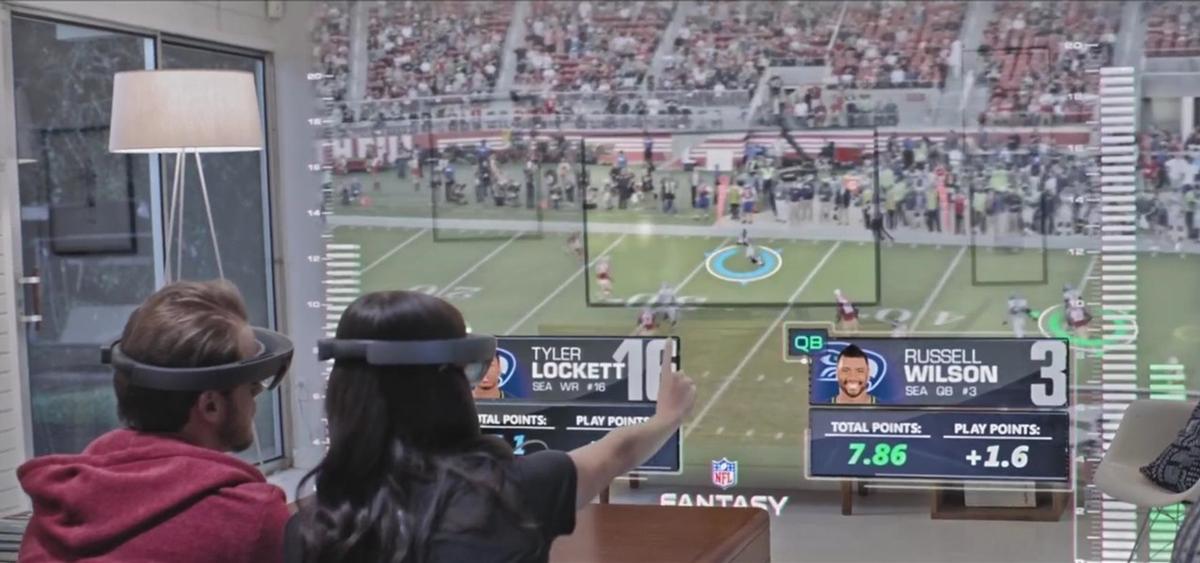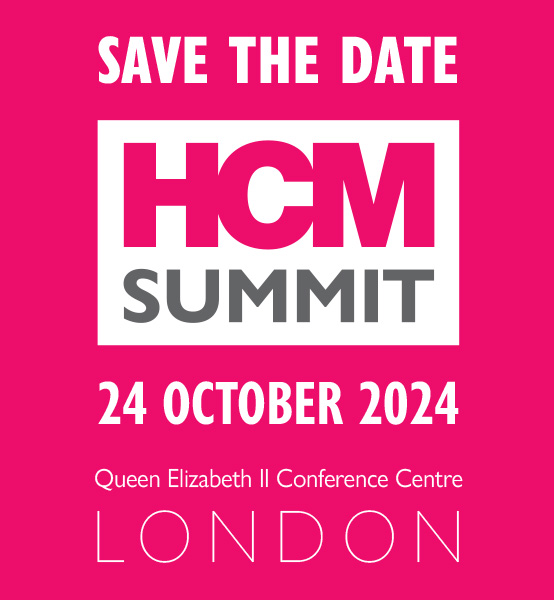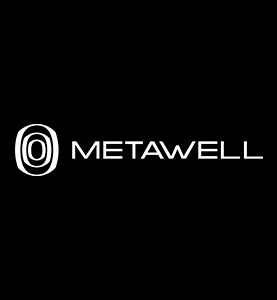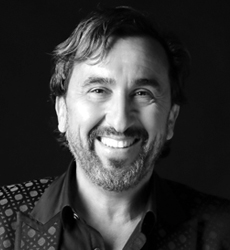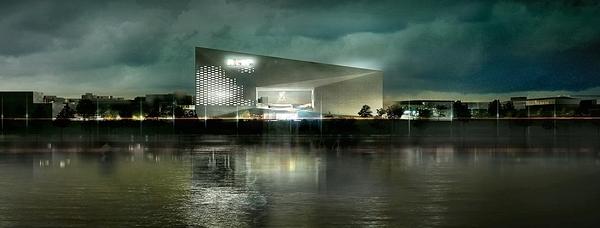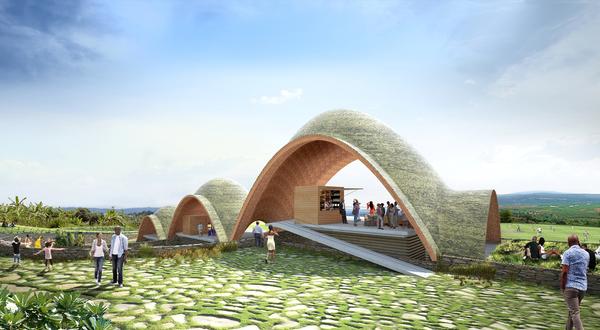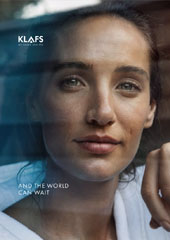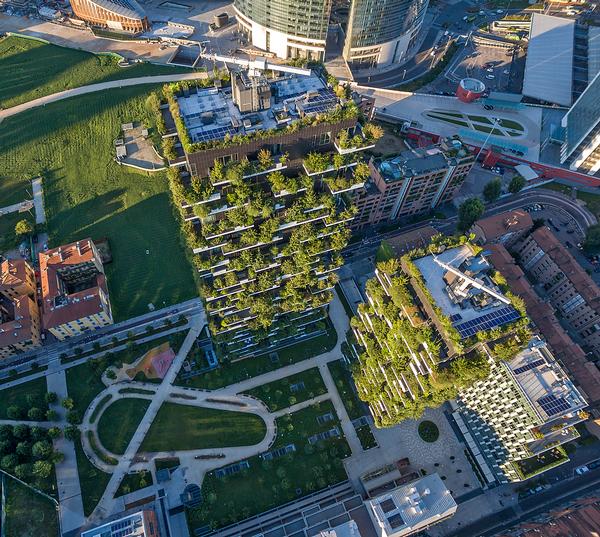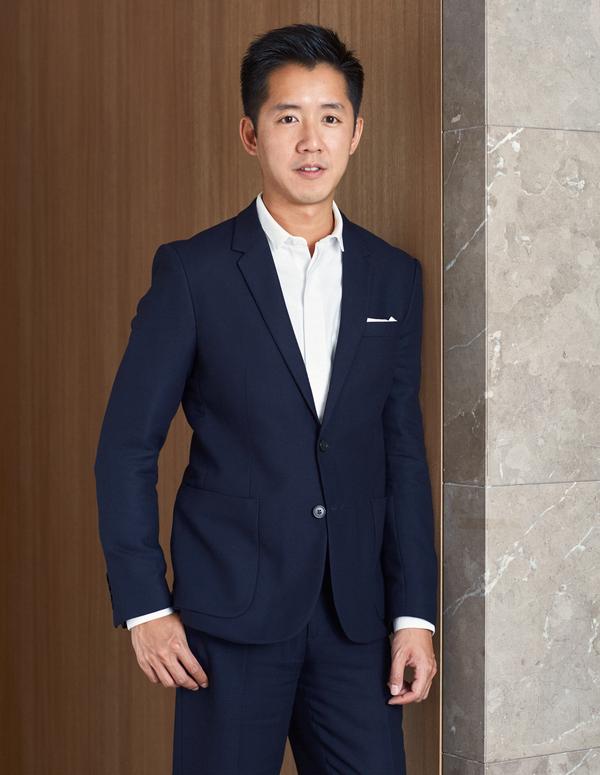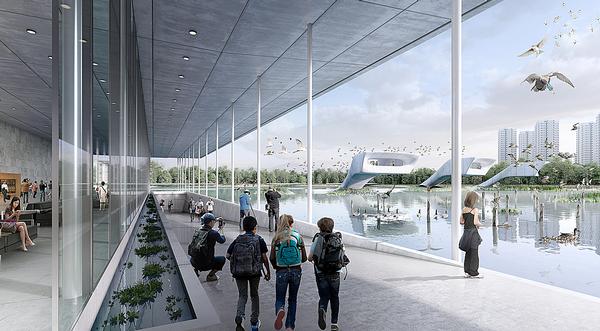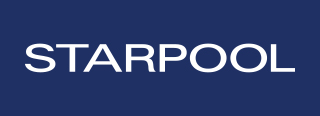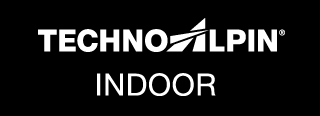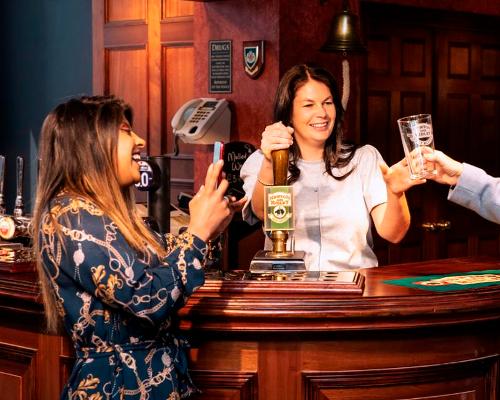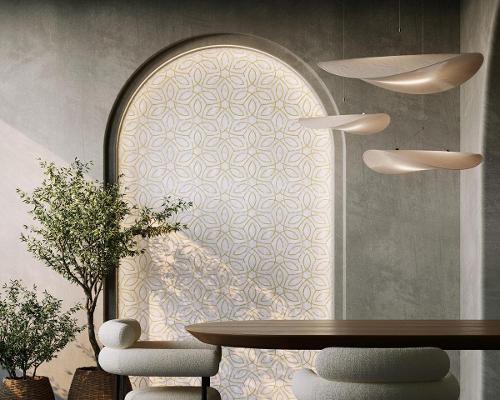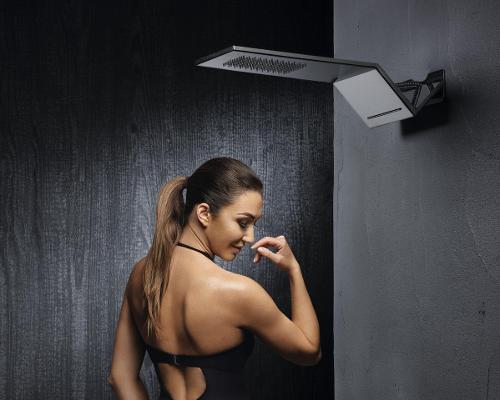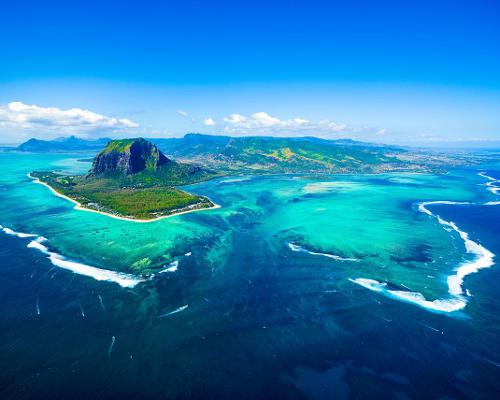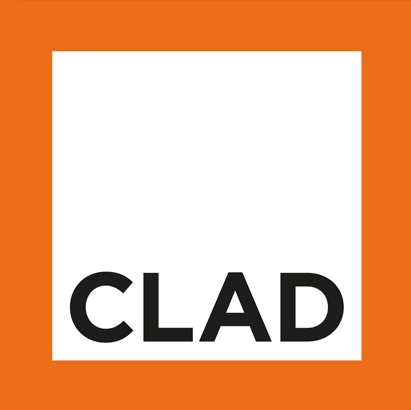How can new technology enhance the stadium experience?

– Pascal Vuilliomenet, EPFL department of innovation and technology transfer
Professionals involved in the development of sporting arenas should investigate the merits of technology such as augmented reality and virtual reality in terms of how they could enhance the spectator experience.
That is the view of Pascal Vuilliomenet, vice president for innovation and technology transfer at the EPFL Research institute in Switzerland and co-curator of the Olympic Museum’s new exhibition on past, present and future stadium design.
"We can project ourselves in the future and see how technology can enhance new experiences for spectators,” Vuilliomenet told CLAD. “Something that will always remain is the evolution that being in a stadium creates from feeling like one single person to part of a crowd. Together, by sharing an event you will experience things that you cannot experience alone in front of the TV.
“The magic of the situation is supported by the stadium itself and everybody who’s been in a stadium knows this unique feeling. I believe new technology can be used to make this shared experience even stronger.”
Technologies ready to be used include augmented reality, virtual reality and smartphones – which can provide information and statistics about the on-field action, allow people to share their feelings with other fans, and give them access to different camera angles in real time.
“Take an Olympic stadium as an example,” he said. “You may be watching the athletics and you’re sitting in front of the pole vault but you’re also interested in the 100 metres taking place on the other side of the stadium. With a smartphone, you can watch from a second site. You get to both be inside the stadium and feel the atmosphere, while getting a better view through a screen.”
To give people at home or in fan zones a taste of the immersive stadium experience, he suggested both 360 degree cameras and augmented reality (AR) projections could be used to enhance the feeling of watching live sport at the same time as thousands of others inside a sporting venue.
Such technology has been developed by Microsoft, whose HoloLens – described by the company as the “world’s first fully untethered holographic computer” – has been set up to allow users to watch US National Football League matches as 3D holograms rather than on a screen, as well as projecting displays, players stats and instant replays.
“This is not science fiction,” Vuilliomenet said. “These technologies are all in the labs and ready to be implemented. The types of experience just have to be developed.
“For example, AR promises a lot in this area and has been there for a while. The question is how do we implement it to create a real stadium experience. We need to start a discussion about what we’ll do, how we’ll do it, and who we’ll do it for.
“Some people want to go to the stadium just for the live experience, and aren’t that interested, but another group want to receive information about the match in a different way. We can develop lots of new experiences for this subset of people that channel the joy and jubilation of the watching sport in a stadium.”
Vuilliomenet’s Olympic Museum exhibition, called Stadiums: Past and Future, focuses on the design and engineering of Olympic stadiums from the Olympia in Ancient Greece to the prospective venues of future Games.
Stadium design new technology sports architecture HoloLens Olympic stadiums architecture futureAugmented reality market to be worth three times as much as virtual reality by 2020, says report
'World's most technologically advanced stadium tour' debuts at Wembley
Microsoft adapts augmented reality for sports market


UAE’s first Dior Spa debuts in Dubai at Dorchester Collection’s newest hotel, The Lana
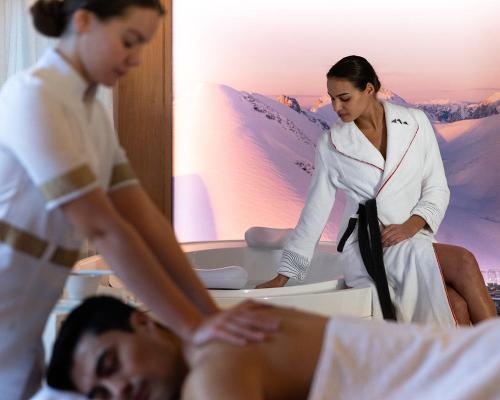
Europe's premier Evian Spa unveiled at Hôtel Royal in France

Clinique La Prairie unveils health resort in China after two-year project
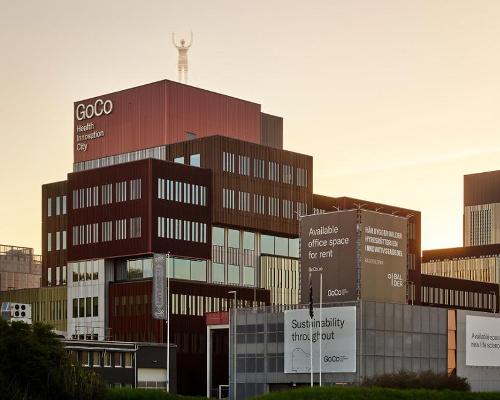
GoCo Health Innovation City in Sweden plans to lead the world in delivering wellness and new science
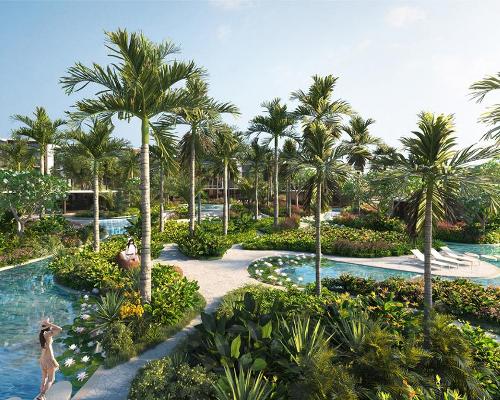
Four Seasons announces luxury wellness resort and residences at Amaala
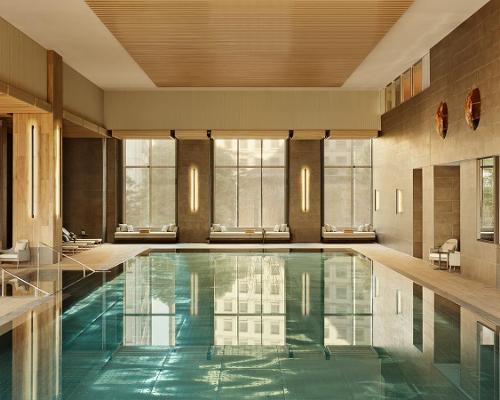
Aman sister brand Janu debuts in Tokyo with four-floor urban wellness retreat
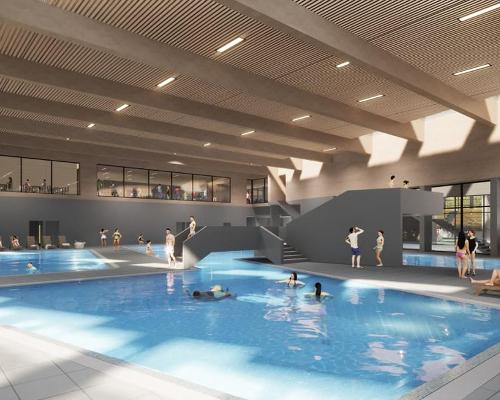
€38m geothermal spa and leisure centre to revitalise Croatian city of Bjelovar
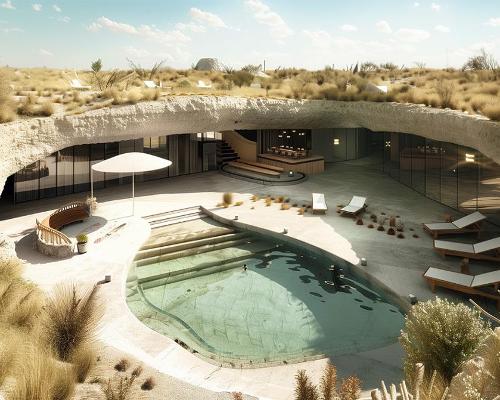
Two Santani eco-friendly wellness resorts coming to Oman, partnered with Omran Group
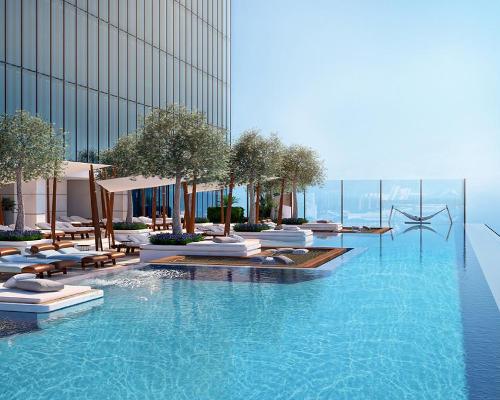
Kerzner shows confidence in its Siro wellness hotel concept, revealing plans to open 100
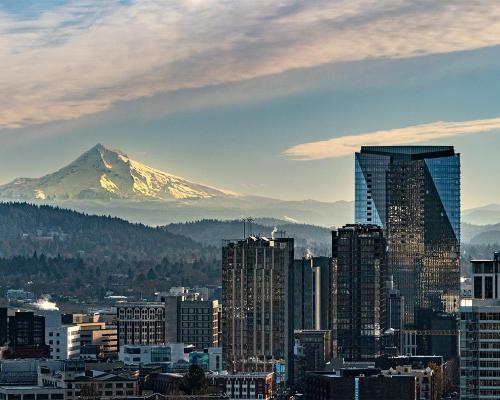
Ritz-Carlton, Portland unveils skyline spa inspired by unfolding petals of a rose

Rogers Stirk Harbour & Partners are just one of the names behind The Emory hotel London and Surrenne private members club
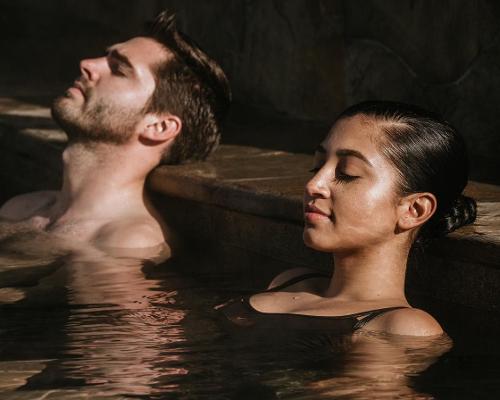
Peninsula Hot Springs unveils AUS$11.7m sister site in Australian outback

IWBI creates WELL for residential programme to inspire healthy living environments

Conrad Orlando unveils water-inspired spa oasis amid billion-dollar Evermore Resort complex
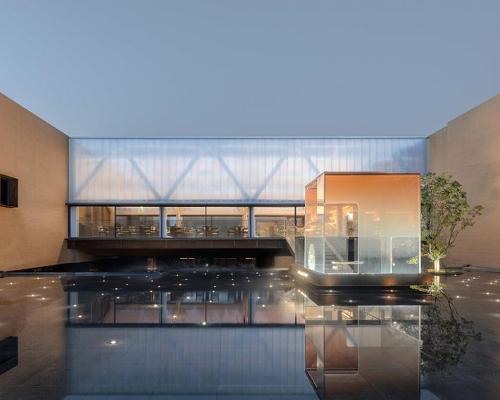
Studio A+ realises striking urban hot springs retreat in China's Shanxi Province
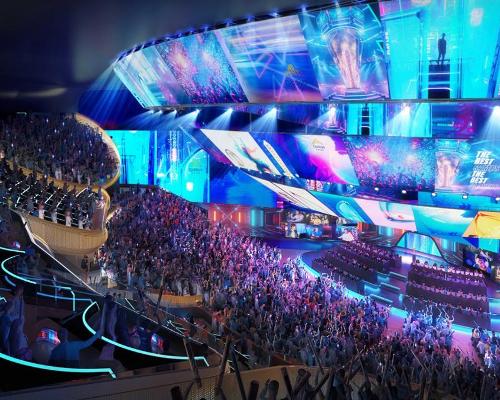
Populous reveals plans for major e-sports arena in Saudi Arabia

Wake The Tiger launches new 1,000sq m expansion
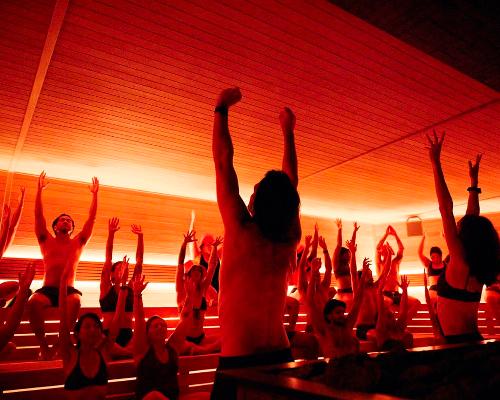
Othership CEO envisions its urban bathhouses in every city in North America

Merlin teams up with Hasbro and Lego to create Peppa Pig experiences
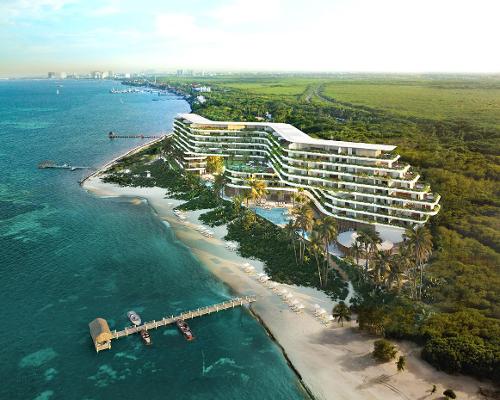
SHA Wellness unveils highly-anticipated Mexico outpost

One&Only One Za’abeel opens in Dubai featuring striking design by Nikken Sekkei
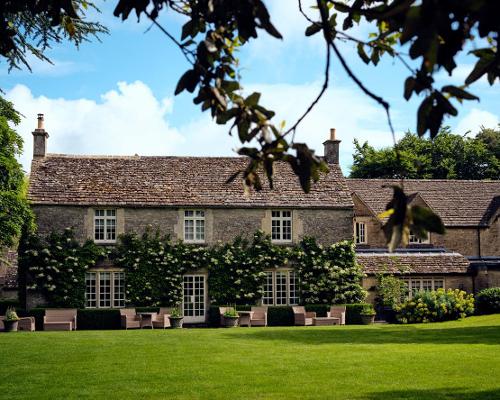
Luxury spa hotel, Calcot Manor, creates new Grain Store health club
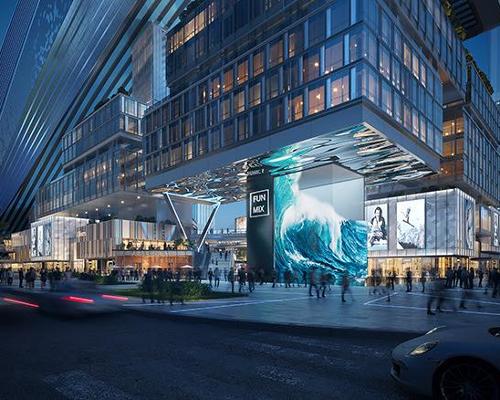
'World's largest' indoor ski centre by 10 Design slated to open in 2025
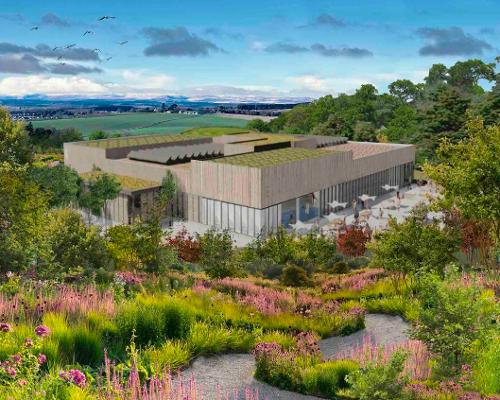
Murrayshall Country Estate awarded planning permission for multi-million-pound spa and leisure centre
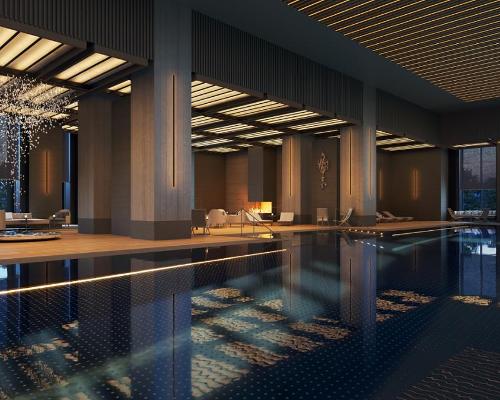
Aman's Janu hotel by Pelli Clarke & Partners will have 4,000sq m of wellness space
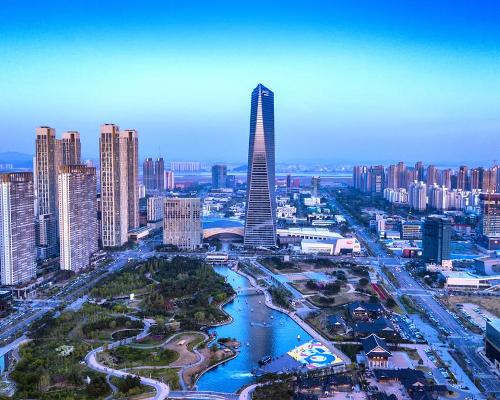
Therme Group confirms Incheon Golden Harbor location for South Korean wellbeing resort
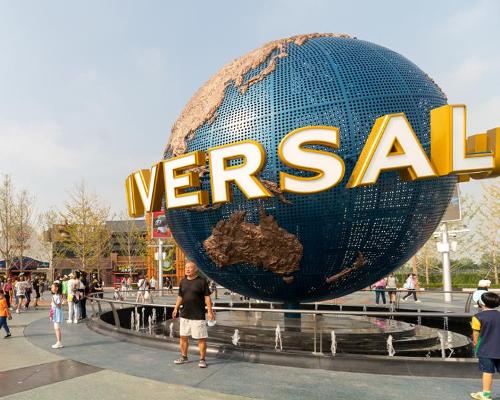
Universal Studios eyes the UK for first European resort
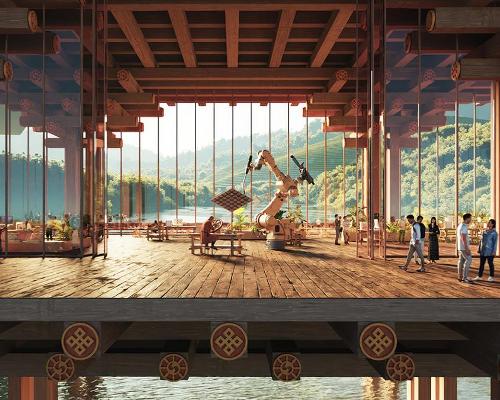
King of Bhutan unveils masterplan for Mindfulness City, designed by BIG, Arup and Cistri
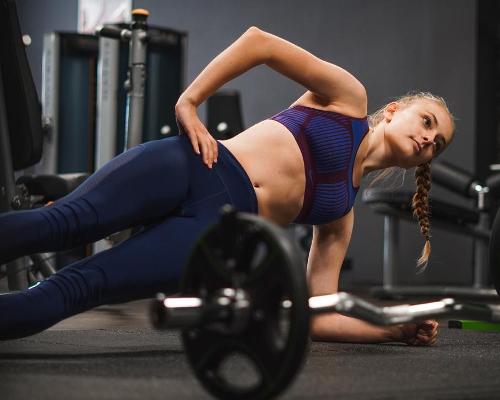
Rural locations are the next frontier for expansion for the health club sector
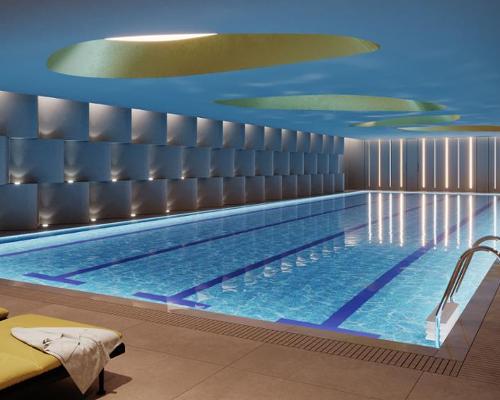
Tonik Associates designs new suburban model for high-end Third Space health and wellness club
From parks designed to mitigate the effects of flooding to warming huts for one of the world’s coldest cities, these projects have been designed for increasingly extreme climates



